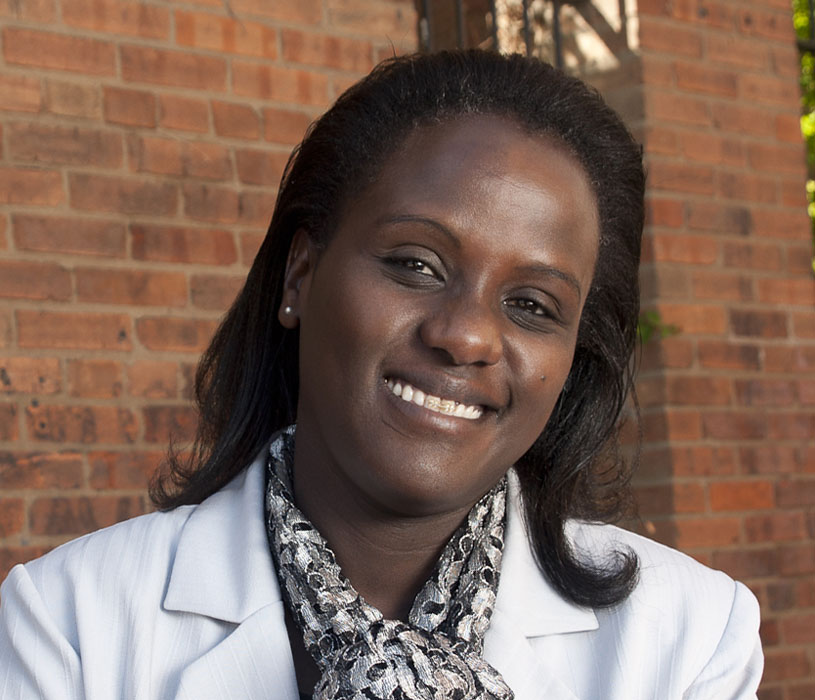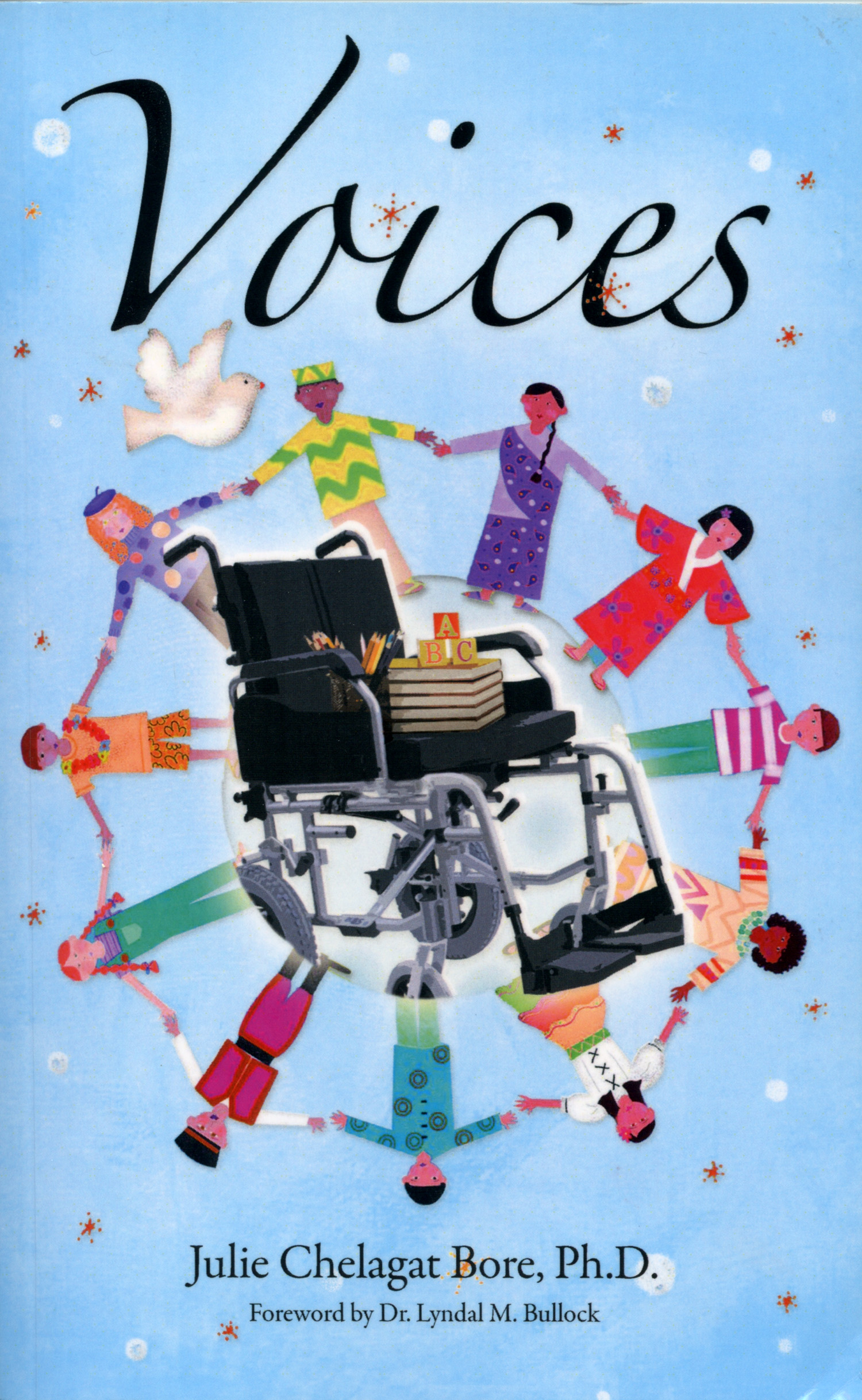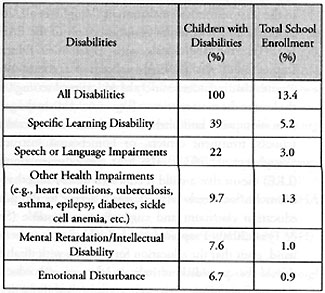Teaching and listening:
New book sheds insight on teenagers with disabilities
Prof. Julie Bore's insightful Voices describes teaching teens with disabilities.


In her new book, Voices: Stories From a Classroom for Teens with Disabilities, Bore shares her conversations with 40 students like Tammy, who threatens to commit suicide, 15-year-old pregnant Michelle, whose boyfriend hits her in the stomach, and Matt, who lives in a homeless shelter. Each chapter ends with a follow-up note on the student.
“I wrote the book to provide insight for teachers, parents, school administrators and policymakers,” says Bore, now assistant clinical professor of education at SMU’s Annette Caldwell Simmons School of Education and Human Development. “We must improve the education and social outcome of teenagers with disabilities, particularly those who live in poverty.”

In her book, Bore says special education teachers are key to helping students with disabilities succeed.
“Special education teachers need to establish trusting relationships with students and parents in order to serve as a link to these already marginalized children,” she says.
The book includes an index of agencies and resources for children with disabilities.
A native of Ngechek, Kenya, Bore says her parents inspired her commitment to children. Proceeds from Voices benefit Empowering Children of the Village, Inc., a nonprofit organization Bore created to help educate and provide medical services to children in her village and neighboring villages.
Voices is available at http://www.voicesplusmore.com .
From the BookIn the 2007-2008 school year, there were 6,606,000 children with disabilities receiving special education services in U.S. schools (National Center for Education Statistics [NCES], 2010a). The table above shows the percentages of children receiving services under the categories with the highest prevalence rates (NCES, 2010a). |
From the CoverThis book is a compilation of true stories highlighting experiences of teenagers with disabilities in an urban high school...]essica, thought she could conceive again when already pregnant; Shirley, haunted by an abortion; Bill, homeless and addicted to drugs; Matt, felt "unwanted"; Wang, so disturbed he wanted to join his deceased mother; Paul, scarred physically and emotionally; Patrick, desired to be "Patricia"; Singh, Anyango, and Peggy, victims of brutal bullying; Abel, used and sold drugs; Shirley, rejected by those she thought loved her. Depicted are supportive parents and those who, unfortunately, enabled their children's inappropriate behaviors. Also described are students who inspired the author during times of desperation and those who reignited her hope in her many troubled students. Finally, in the conclusion, information and data that pertain to children with disabilities (e.g., special education, homelessness, teen pregnancy, poverty, cultural and linguistic diversity, bullying, parental involvement, etc.) are outlined. |
# # #
